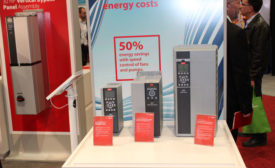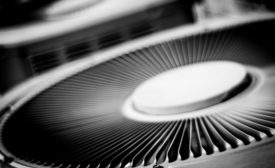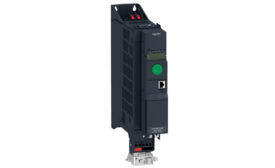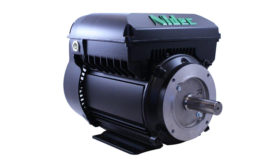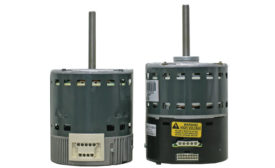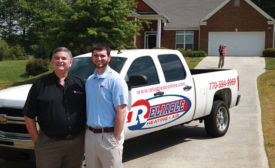Motors & Drives
Motors, Drives Strive for Greater Configurability, Efficiency
Variable-speed offerings are exemplifying ease of use, high efficiency, and flexibility
Read More
Demand for Frequency Drives on the Uptick
Major growth, expansion projected for AC Drives across the country over the next decade
February 6, 2017
The Evolution of Permanent Magnet Synchronous Motors
The role of this relatively overlooked option in HVAC looks to be expanding quickly
Read More
Examining the Benefits of ECMs
Contractors can now bring ECM performance to psc motor systems via retrofit projects
Read More
Variable-speed Equipment Provides Constant Comfort Benefits
Enhanced comfort, dehumidification, and energy savings await
Read More
Copyright ©2025. All Rights Reserved BNP Media.
Design, CMS, Hosting & Web Development :: ePublishing



